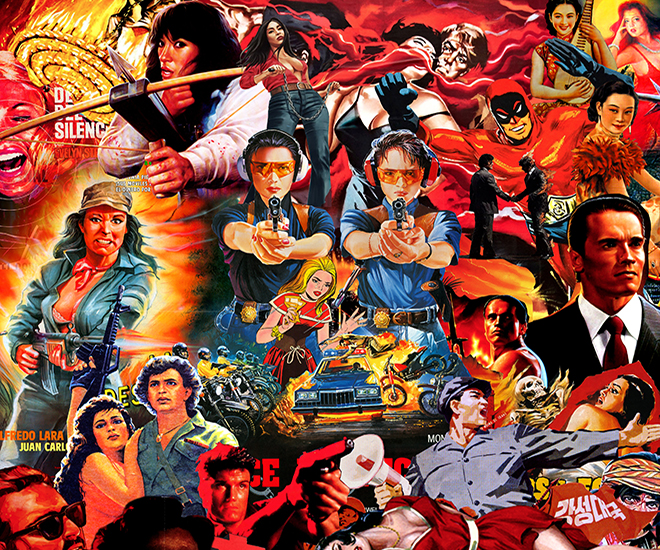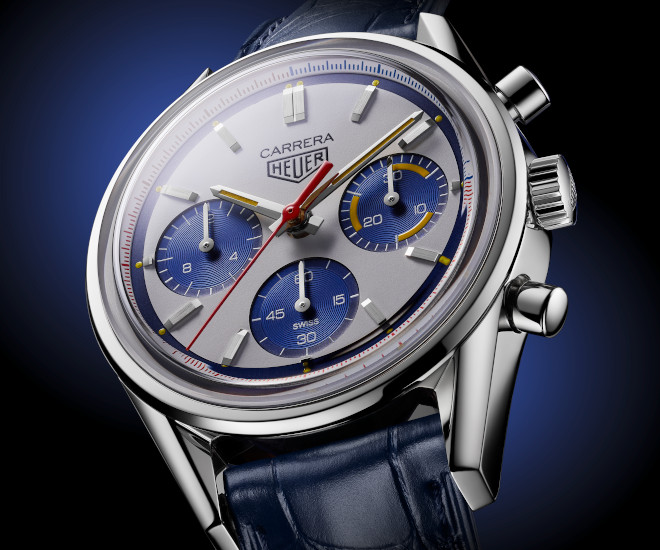Business of Luxury: Vertu is Dead and It was Never the “Rolex of Phones” and this casts doubt on Luxury Smartwatches
It is already somewhat miraculous that high-end, jewel-encrusted handsets have been a trend that have lasted close to 10 years. Luxury phones like Vertu were never meant to be and this also says something about luxury smartwatches.

It’s official. Vertu is dead. According to BBC, the British-based luxury phone maker with Hampshire factory and headquarters and an army of craftsmen hand assembling each smartphone, each costing thousands if not tens of thousands of dollars will go into liquidation after plans to save the luxury phone maker from bankruptcy failed. In 2015, it was reported that Vertu sold 425,000 (more on that in a moment) luxury smartphones and in recent years, Vertu had fallen on hard times with the recent liquidation resulting in the loss of 200 jobs, no word yet on what would happen with its boutiques worldwide.
That said, it is somewhat miraculous that high-end, jewel-encrusted handsets have been a trend that has lasted close to 10 years. During the early 2000s, luxury phones or fashion phones with precious material trimmings were produced by everyone from Nokia to Tag Heuer. But the handsets never quite lived up to the promise of Vertu’s objective of being the “Rolex of phones”.

Business of Luxury: Vertu is Dead and It was Never (Nor could it be) the “Rolex of Phones”
In 2014, then Vertu CEO Massimiliano Pogliani told IBTimes UK, “No one needs one of these phones. [They buy our phones] because they like the object, it’s not about showing you are a wealthy person. It’s an emotional purchase, we don’t want to be the phone of everybody, we want to be the phone for people who appreciate details.”
For all the gold, ruby, diamond and exotic leather details, a Vertu never really became an emotional purchase (unless you count “the wank” factor as an emotion). For emotionality to develop, the seed of genesis is entirely different. A Rolex, or any other handcrafted mechanical watch is built on the foundation that the technology is by nature – everlasting. Hand finished springs, gears, wheels and pinions do not go out of date because they have already transcended that linearity of functionality and obsolescence. Where once it was (almost) obsolete thanks to quartz, they live on today beyond practical time-keeping. This is where emotionality lies, a fine watch exists on your wrist in a state of permanence whereas your smartphone is ever changing by the virtues of its quickly obsolete printed circuit boards and rapidly outdated microchips.

To wit, a $20,000 Rolex does not tell time better than a $20 Casio but dressing a Casio up with precious metals, gems and hand finished pushers does not make it a Rolex anymore than wearing a Ferrari leather jacket makes you an owner of a Ferrari.
A spin off from Nokia since 1998, the first Vertu phone made news for being the world’s most expensive cellphone in 2002. 10 years later, private equity firm EQT VI acquired the company. until 2015 when the business was sold to Hong Kong based Godin Holdings. While over 400,000 units of the ultra-luxurious smartphones averaging £5,000 have been sold, the company operated annually with losses of over £15 million in 2013. By 2014, the British company recorded a loss of £53 million on sales on £110 million. Earlier this year, the ailing luxury smartphone maker was sold the company to exiled Turk, Hakan Uzan, for £50 million. His offer of £1.9 million to consolidate over £100 million worth of debt fell through. While Vertu did not have any rivals in the space in recent years, there was a spate of close releases in 2008 meant to compete with Vertu in the sphere of well-constructed luxury oriented phones, chiefly, TAG Heuer, Prada and Armani. Even parent company Nokia attempted a more upmarket version of their symbian phone with the 7900 Crystal Prism phone, complete with a Sapphire crystal and engraved design by French graphic designer Frederique Daubal.


The biggest conundrum of operating a luxury smartphone maker with the objective of ‘selling on emotions is that the Vertu was making a big ask for consumers to get attached to a phone which would become outdated each year tech companies release a new iteration of hardware and software platforms. At time of publication, financial woes and liquidation notwithstanding, Vertu sold the Signature, Signature Touch, Aster and Constellation – with one glaring flaw – they were 2014 hardware specs operating 2014 Android OS in the year 2017. All the trappings of precious metals, diamonds and rubies were not going to engender the kind of deep set emotions art, a classic car or a fine mechanical watch was capable of.
Yet, despite its failings, Vertu did have a unique proposition – access to a concierge service which is open to all legal requests. In offering this “money can’t buy” service, Vertu set itself apart from its tech trappings with the minimum £2,000 per year service, upgraded for more bespoke service, but somehow was never able to leave behind its tech failings.

Vertu’s demise casts doubts on the genre of Luxury Smartwatches
Last October 2016, Louis Vuitton’s Spring 2017 presentation showed that this luxury maison was going to avoid what Prada and Armani had previously unleashed to lacklustre performance. Instead of focusing on tech, they focused on what Louis Vuitton does best – They made an accessory. Just as you dressed in their couture or toted their latest bag, Louis Vuitton unveiled the Eye-Trunk iPhone Case. While it is not this author’s cup of tea, the Eye-Trunk iPhone Case was an authentic emblem of the brand, Vuitton was neither entering an arena it was not familiar with, nor setting itself up for chasing an endless technology product cycle. If your iPhone became outdated, you merely slipped out the old version (and given Apple’s propensity to keeping the design fairly similar to older iterations), and placed the latest version with the Eye-Trunk iPhone Case – so named one assumes because Apple has registered all lowercase “i” prefixes as trademarks.


But then, recently, Louis Vuitton chose to enter the genre of the luxury smartwatch. While it is an undeniably beautiful piece of wrist instrumentation equipped with the maison’s own City Guides with proximity alerts, the Louis Vuitton Tambour Horizon with airport concierge (in that never again will you have to look up terminal and gate details on Google, they’re all accessible from the watch the minute you email your flight booking to a Louis Vuitton address) is actually a polished (or brushed) piece of hardware. Queries to Louis Vuitton Singapore have confirmed that unlike the other LVMH smartwatch offering from TAG Heuer, there is no upgrade or trade in path for the Louis Vuitton Tambour Horizon to be turned into a mechanical watch by ponying up a few thousand dollars more.

In essence, the permanence and raison d’etre of luxury (ironically, how Louis Vuitton became reputed for in the first place – their water resistant trunks were designed to endure repeated journeys about steamships while their competitor’s suitcases often deformed with water damage) runs contrary to the consistent obsolescence of technology. Recently failure of Jawbone, maker of bluetooth fitness devices and Fitbit, also bear out the idea that wearable tech is still largely experimental at best and to endow such “throwaway” gadgets with the eternity of diamonds and assorted gemstones, is to only fight against the natural product cycle. To sum up, a corded rotary phone has better luck becoming a permanent artistic/design fixture amongst your personal belongings than a smartphone which gets replaced at a fraction of the cost with the next slimmer model at double the processing power and twice the megapixel capture ability.









